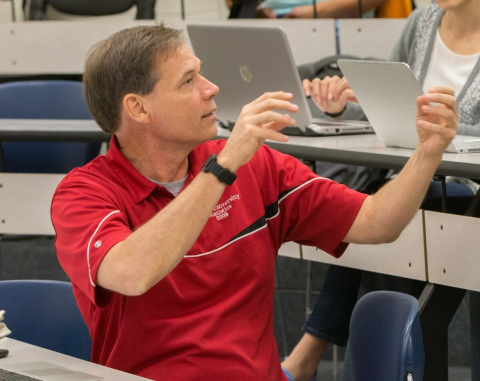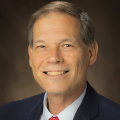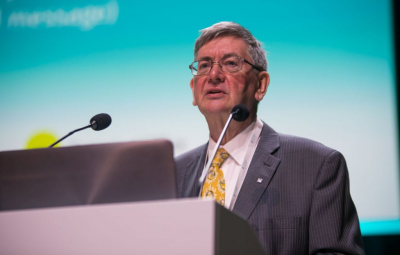If you are reading this blog, then you likely identify ‘statistician’ as one of your vocations. Vocation is defined by the Merriam-Webster dictionary as a “summons or strong inclination to a particular state or course of action” or as a synonym of occupation – “the work in which a person is employed.”
The word ‘vocation’ has an origin linked to the notion of call. I believe that statisticians respond to a similar call. In addition, I believe that this vocational call may evolve over time and exploration of call should be facilitated by professional organizations.

In my penultimate blog ISI President’s column, I wanted to reflect on my work in statistics as being a collection of calls and to invite you to do the same. Regardless of your educational background and current job title, I suspect that your reasons for being attracted to statistics may be similar to mine. I liked math (or ‘maths’ for my UK friends), and particularly, I liked the idea of using my skills in math to answer questions connected to empirical studies that collected data. Statistics became a focus of study as a consequence of the intersection of skills and interests. My epiphany was during my first regression class when I realized that I was able to predict some outcome given other knowledge. Why did you decide to become a statistician? Did you experience a similar experience of skills and interests intersecting?
I wanted to apply my statistical background to a specific context. I was encouraged to consider how I might use statistical thinking to address problems in biology, economics or psychology. I continued my study of statistics with the intent of working in business or industry. While I found these contexts and work environments interesting, I was most attracted to applying statistics to problems in environmental health. While I worked as a statistical consultant intern in a business as an undergraduate, my first full-time position was at a government research institute. Did you have professors or senior colleagues who encouraged you to become a statistician? Where did you first work? Why were you attracted to this work?
Even though I worked with great colleagues in an exciting environment, I realized I was attracted to do other work. This attraction led me to move from being a full-time researcher to a university professor. Here my responsibilities expanded beyond research to include teaching and mentoring students. Have you ever been attracted to new opportunities and work?
Often new calls are layered on existing calls. While I continue to experience the call to work in statistics as a researcher and educator, I started to encounter opportunities to serve our profession. An opportunity to lead a new department of statistics surfaced at the same time as a role with a national statistical society (and to develop a podcast but that is another story). These leadership calls were unanticipated, unplanned, and ultimately, more satisfying than I would ever have predicted. Some of these calls were suggested by colleagues who believed that I had something to offer. Have you ever been encouraged to explore new calls by others? As I come to the end of my term as ISI President, I wonder what my next call might be.
As a professional statistical society, ISI needs to help people hear their vocational calls. As a society of colleagues, we must assist helping connect the gifts and passions of our members with opportunities. ISI colleagues did this for me, and I hope we are doing this for you. I want to thank all of you for responding to the calls to be society leaders, meeting organizers, journal editors and reviewers, teachers, researchers, mentors, communicators, capacity builders and so much more.
John Bailer (@john_bailer)
ISI President
15 June 2021
“Vocation.” Merriam-Webster.com Dictionary, Merriam-Webster, https://www.merriam-webster.com/dictionary/vocation. Accessed 1 June 2021.





